13 Ways Tell You If Gold Is Real and Avoid Fake Gold
“Gold is the corpse of value”⋯ Neal Stephenson.
The above quote is a simple yet succinct summary of what gold has come to represent both in ancient and modern society. Gold is symbolic of value both literally and metaphorically. At a current price of about $1,300 per ounce, gold is one of the most expensive substances on earth.
The business of selling, purchasing and processing of gold into jewelries and other materials has grown into a very profitable industry. China (14%), Russia (9%) and Australia (8%) are the top three producers of raw gold bullion which is the raw material for producing jewelry.
These three countries and others have a total world production value of $119billion. This value was in 2014 according to bullionvault and has definitely increased in recent years. Unfortunately, the profitability of this business has also attracted the attention of dishonest people. These criminally minded individuals have learnt to combine various inexpensive metals and coat them to have the appearance and shape of pure gold.
Many people have unwittingly become victims of these criminals, losing vast sums of money as payments for “original gold jewelry products”. The advent of technology has made it seemingly easier for these forgers to carry out their trade. Despite all of this, there are still some subtle methods by which fake gold can be identified. This article will give you basic tips and pointers to quickly identify fake gold and differentiate it from the real thing.
Let’s dive right in:
3 kinds of Gold Materials
In identifying fake gold, an important starting point is to gain knowledge about the different types of gold jewelries. To the untrained eye, all gold products are the same and differ only in the color due to finishing applied. There are however more subtle differences in various gold products which we shall discuss shortly.
The first classification is based on time in which we can divide gold into new, old and fake gold.
- New Gold: This can be compared to freshly baked bread just brought out of the oven. New gold refers to gold products that are produced or manufactured immediately after refining and purifying the raw gold. New gold is what you’re likely to find on display in the show glasses of the world’s top exquisite jewelry stores.
- Old Gold: Products made from old gold are sort of like a refined version. Old gold products are made either exclusively from recycling old jewelry or combining the recycled old jewelry with freshly melted raw gold. Old gold is often slightly cheaper than new gold in the sense that less raw gold is required in producing it.The old materials can actually be recycled to standard plate-like ingots material. The raw molten gold is then used in the gold jewelry vacuum casting machine for the finishing of jewelry products. A few unscrupulous dealers make a slightly higher profit by selling jewelry made from old gold at the price of new gold. This is because the difference is not easy to spot.
- Fake Gold: Fake gold arises when the composition of the gold product is different from the expected composition. No product can be made from totally pure gold as it is malleable and will not be strong enough to maintain the expected shape. Gold products are often a combination of pure gold and various other elements.
What’s the harm of using fake gold to make jewelry?
Using fake gold in the production of jewelry is often accompanied by some consequences capable of destroying the reputation of the business.
The following are some of the embarrassing things that occur in different processing plants when fake gold is used:
- Pure Gold Processing plant:
- Color failure: Gold fakers may be able to achieve the illusion of making a product look like gold by plating it with a similar color. However because no plating material can have the same color endurance qualities as gold. The color begins to peel off after some time revealing the original color of the replacement metals.
- Not qualified for the edition: Despite efforts by counterfeiters to make fake gold look like the real thing. Fake gold cannot pass the quality standard tests to meet up with production requirements. This will lead to a waste in the capital spent on purchasing the fake raw materials.
- Technological problems arise during the production process: Technological issues will definitely arise if the producer skips or ignores the quality tests and continues with production. This is because disparities in density between actual gold and the fake product will affect mold volume calculations. Thereby resulting in mismatched sizes and volumes. There will also be problems when the fake raw gold is fed into a gold jewelry vacuum casting machine. Also, the melting point of the counterfeit materials will differ in some way from that of real gold. This will lead to problems in the furnace where it will either not get heated enough or get over-heated.
- K gold processing plant: The pure gold processing part of jewelry production is not the only place where problems occur. At the stage of the k gold processing plants, there are also some similar but slightly different problems which may be experienced. These include:
- Color failure: While this is observed in the first section, its effects are even worse here. No buyer would be delighted to observe their expensive piece of “gold jewelry” fading after a couple of months. This will happen especially if fake gold is used in the gold jewelry vacuum coating machine for the production of jewelry. This is a highly undesirable outcome which should be avoided.
- Product serious quality problems: Real (or original) gold products are known for their high durability and ability to withstand stress and pressure. Fake gold comprises either totally or partially from the stated composition of gold. This will lead to breaking, bending and scratching of gold jewelry products which should be strong enough to resist stress.
- Lost Wax Casting:
When fake gold is used for lost wax casting, modelling and polishing, there are some problems that unavoidably arise. These problems range from minor issues such as the appearance of a “sand hole”. The sand hole occurs as a result of a discontinuity in the layer of “fake gold” being used for the lost wax casting. This is a minor problem that will require repair. There are more serious problems than the sand hole that may occur when fake gold is used for lost wax casting. Grit or Fujin may occur, these are irreparable and will require the product to be scrapped leading to wasted resources and potential losses.
How to Identify Gold
Avoiding fake gold products may seem very difficult due to the advanced technology being used by counterfeiters. There are however ways known to experts about how to identify fake gold and stay away from it. These include basic methods such as:
- Contrast Color: This is one of the easiest ways to spot fake gold. In chapter one above, the various types of gold and their respective colors are listed. A close visual inspection will help to identify gold that differs from its specified composition based on the color.
- Acid Test: This is a simple test that capitalizes on the reaction of gold with acid to prove its originality. All you have to do is make a slight scratch on the surface and add a small drop of trioxo nitrate (v) acid (HNO3). If the gold does not react with the acid, this is a proof that we’re dealing with real gold. However if a green or milky coloration is observed, this indicates either fake gold or a gold-over sterling silver product.
- Cross Section Check: Real pure gold should be continuous. No matter how skilled a counterfeiter is, they can only plate the surface of fake gold with color. This means that by cutting the gold at different positions and breaking it up. Irregularities discovered after a careful look at the cross section will indicate fake gold. Observing various colors or layers of different material after breaking up the gold is a red alert that you’re dealing with a fake product.
- Sound Test: Different metals produce different frequencies and tones of sound when they collide with other metals. Gold can easily be recognized by the sound it’s supposed to make when it is made to collide with a surface. This youtube video shows various tests (including sound) by experts to differentiate real gold from fake.
- Image Test: This is quite an advanced technology for the immediate at least. The images of the piece of gold are used to investigate its properties [2]. It however may be worth the cost of deployment for large quantities of gold.
- Magnet Test: Normal gold is naturally non-magnetic. Based on this, exposing your gold product to a magnetic field generated by a stronger than average magnet is a veritable test. If the magnet is able to attract the gold, you can be sure that you are dealing with fake gold.
Advanced Fake Gold Detection Techniques
- Melting and Sampling spectrum detection: This is a more vigorous test, but is worth the effort and slight cost. Melting and sampling spectrum detection takes advantage of a thermo-analytical technique known as Differential Scanning Calorimetry. A sample of the gold to be analyzed is placed in a Differential Scanning Calorimeter alongside a reference gold sample. The same temperature intensity is applied both to the sample and the reference gold material. The difference in the amount of heat needed to increase the temperature of the sample as compared to the reference is recorded. It is this heat difference that helps to analyze how different or similar a piece of gold is from the original. Fake gold is easily detected with this technique as it will have widely varying heat properties from real gold.
- Metallographic Analysis: This technique has wide usage and can be found in literature [3] where it has been used for detection of fake gold and silver coins. The results can similarly be applied for the detection of fake gold in jewelry production. Metallographic analysis applies the principles of metallography in the identification of fake gold. This often involves microscopy. Optical microscopy or scanning electron microscopy with energy-dispersive x-ray analysis (SEM/EDX) [4] are two types of microscopy often employed. Since the properties of real gold are already known to experts. A comparison of the sample properties with the expected ones will reveal the originality or otherwise.
- Smelting Identification: This is another effective method by which fake gold products can readily and easily be identified. Smelting technically refers to the melting of an ore or alloy of various elements in order to separate out the base elements or metal of interest. Smelting is carried out using a machine such as Superbmelt gold melting equipment which supplies very high heat; hot enough to melt the ore or alloy. To test a piece of gold for originality, a portion of it is made to undergo smelting. After the smelting has been carried out, the proof of originality will be if gold can be melted out. A fake piece of gold coated material will only have other metals like copper and zinc after melting.
- Fire Assay:?A very ancient technique which is still quite effective even in modern times. Fire assay involves the evaluation of the gold content in a sample. The sample to be tested is melted in a furnace and its weight painstakingly measured. The molten gold is then poured into a kind of crucible known as a cupel. The sample is heated further and the other elemental metals are melted away leaving the gold. The remaining gold can then be cooled down and weighed to determine the amount of the sample which is actually gold.
- Atomic Absorption Spectroscopy (AAS): You may be slightly familiar with this technology if you did some basic college level chemistry. Atomic Absorption Spectroscopy is widely used in the spectro-analytical evaluation of the elemental composition of chemical samples. AAS as it is known by experts makes use of the principle of absorption of optical radiation. Different elements have varying ways of interacting with light. Some elements are more capable of absorbing radiation than others. The operation of AAS is based on this principle. According to literature, gold has an absorption maxima at wavelengths 400nm and 320nm in the violet and nearby ultra-violet regions of the spectrum respectively [5]. An AAS test showing values varying too widely from this will be proof of fake gold. Atomic Absorption Spectrometers can either be medium range Line source AAS or high range Continuum Source AAS.
- Inductively Coupled Plasma Mass Spectrometry (ICP): This is another form of spectrometry which is similar but different from AAS. ICP has the advantage of requiring only a tiny sample of the metal to be tested. This technique works by ionizing the sample with an inductively coupled plasma. The ions in the ionized sample are then separated and measured with the mass spectrometer. This method works just fine in analyzing how much gold is actually present in a sample. The amount gotten from the ICP-MS test is compared with the specified amount. It can thus be determined whether the gold is fake or not.
- X-RAY Fluorescence (XRF): This is perhaps the least stressful and complicated to operate among the advanced methods mentioned. XRF operates based on the principle of emitting a beam of X-ray photon which hits the atom of the sample being analyzed. Upon collision with the x-ray photon, electrons of different elements release varying amounts of energy. Therefore, specific elements like gold can be readily observed. A sample of fake plated gold containing other elements will definitely give off different amounts of energy thereby exposing the counterfeit. Below is Superbmelt portable desktop XRF gold analyzer. Comparing with above methods, XRF have many advantages as follow.Accuracy: The testing result is very close to the fire assay.
Fastness: You could get the result within 1 minute.
Compact: all-in-one design, needn’t connect to the computer. Small space occupation.
Easy operating: it will show the testing results within seconds with one press. Even if your employee doesn’t have any experience for jewelry and metal, they could manage to operate it with a simple guide.If you deal with jewelry business or buy/sell gold nuggets, it will be very helpful to analyze the gold carat and avoid the fake gold.
Compare the advantages and disadvantages of these 7 professional methods
| No. | Method | Advantages | Disadvantages |
| 1 | Melting and Sampling spectrum detection | Extremely accurate | Cannot test purity; equipment is expensive and large |
| 2 | Metallographic Analysis | Extremely accurate | Need multiple devices, high cost |
| 3 | Smelting Identification | low cost | Less accurate |
| 4 | Fire Assay | low cost, gold has a loss | Can’t test purity |
| 5 | Atomic Absorption Spectroscopy (AAS) | Extremely accurate, no loss of gold | Can’t test purity, big equipment, high price |
| 6 | Inductively Coupled Plasma Mass Spectrometry (ICP) | Extremely accurate, no loss of gold | equipment is expensive and large |
| 7 | X-RAY Fluorescence (XRF) | Extremely accurate, no loss of gold, small equipment, widely used in the market | Can only test the surface. If you want to test the inside, you need to melt first, or cut the gold. |
Considering price, accuracy and speedy testing, XRF gold analyzer will be the best choice to analyze gold content for gold dealers and jewelry business between them
Conclusion: How to Avoid Fake Gold
The proliferation of fake gold is a serious threat to the success of all stake holders in the gold and jewelry industry. As formidable as the problem seems, there are still ways to circumvent the efforts of gold fakers and forgers.
This article has extensively gone through a number of concepts. Such as various types of gold and the various dangers or disadvantages of using fake gold.
Various common and advanced techniques of identifying fake gold have also been discussed. Gold dealers and manufacturers can significantly lower the risk of getting duped and losing their reputations by following the steps outlined above.
There are two methods of gold casting. These include:
- Traditional gold casting methods: These are the old gold casting methods that have been in use since the times of the alchemists.
A disadvantage of this method of gold casting is the difficulty of distinguishing between real and fake gold. Products of both fake and real gold from traditional casting look very much alike. It therefore becomes easy to hide counterfeits and dupe unsuspecting buyers. - Vacuum Casting of pure gold:
This is another process that easily reveals the originality or otherwise of gold. For real gold after vacuum casting, a bright color is obtained as shown below:
On the other hand, fake gold will show some white lime stains after vacuum casting and will have an appearance similar to the image below:
The ability to easily spot the difference between fake and genuine gold is a strong advantage of vacuum casting. This is why most large ingot casting factories now have vacuum gold casting machine to meet quality requirements. It is therefore safer and far more advisable to patronize companies like this whose factories make use of vacuum casting for pure gold.
The need to identify genuine gold from fake arises due to uncertainty about the source of gold. In a bid to cut costs and make unnecessarily high profits, gold dealers fall into the hands of counterfeiters. Their offer of lower costs trick unsuspecting dealers to purchase fake gold from them.
Dealing with unconfirmed dealers is what gives rise to coming in contact with fake gold. To avoid these nefarious elements, it is advisable to deal with reputable and well establish gold companies. Some of the big names in the gold dealing game include:
- Barrick gold
- Newmont Mining
- Anglogold Ashanti
- Gold Corp
- Kinross Gold
- Newcrest Mining
So dealing with reputable companies is a very wise choice to avoid fake gold.
References
- “How Can One Distinguish Real From Fake Gold in a Non-Destructive Manner?”- UFL MAE paper
- “An image-Based Approach to Detection of Fake Coins”- IEEE Xplore paper
- “An Experimental Investigation of Counterfeit Coins an Forgeries”– Jaromir Audy
- Metallography and Metallographic Microscopy- Anderson Materials Evaluation, Inc.
- The Optical Properties of Gold – Otto Loebich

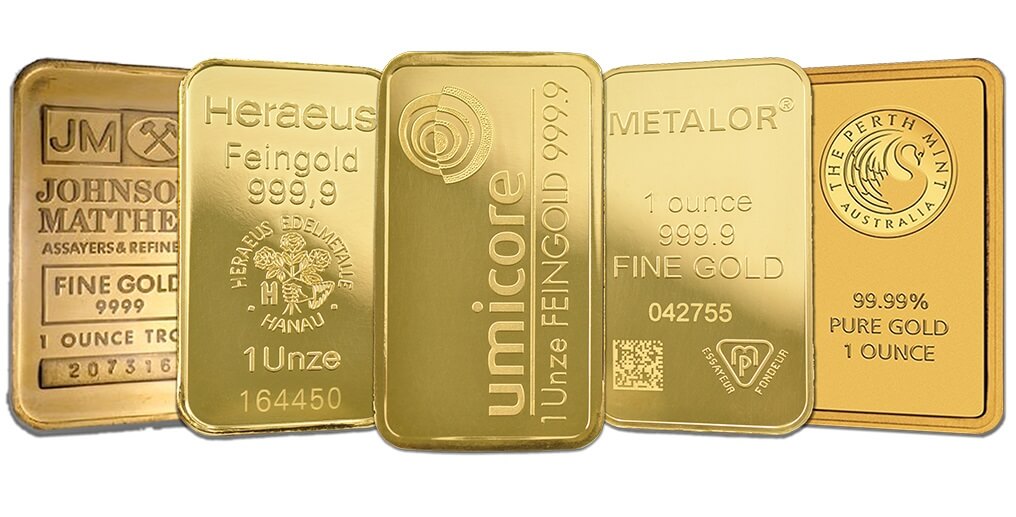
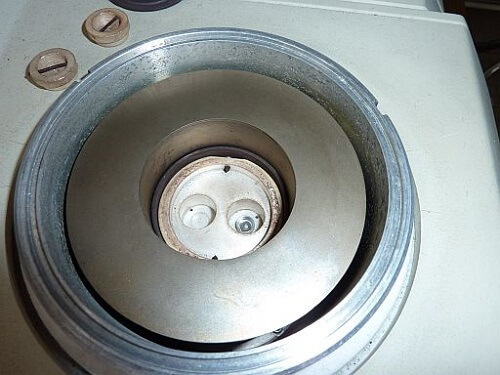
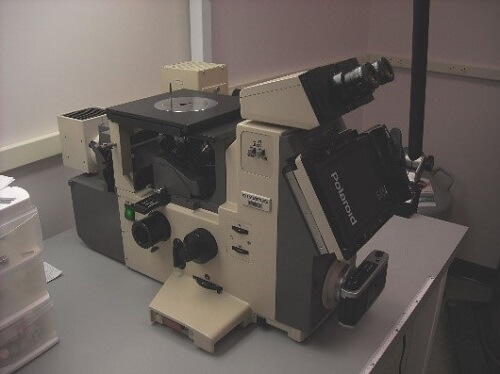
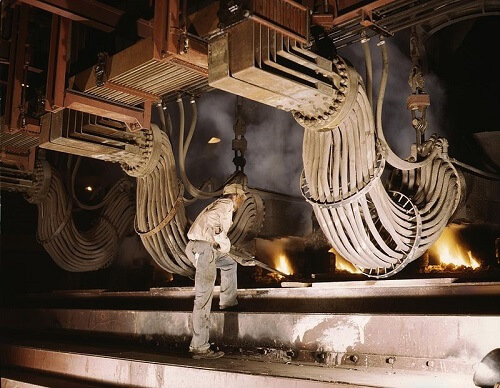
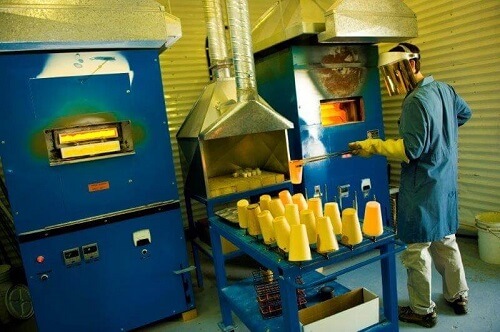
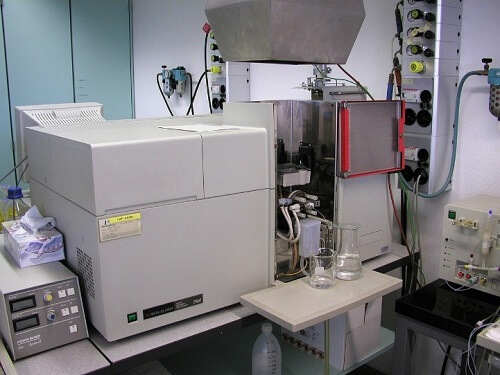
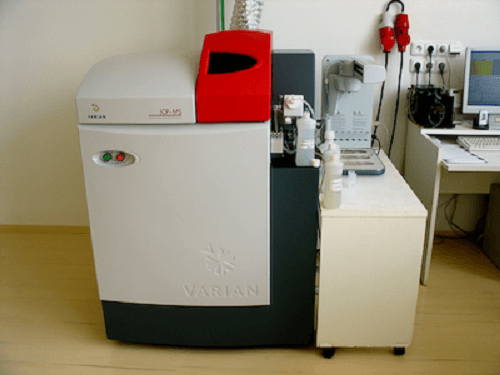
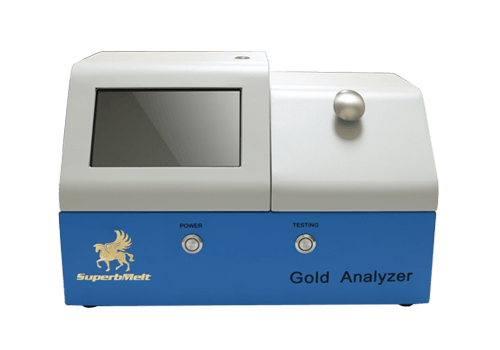
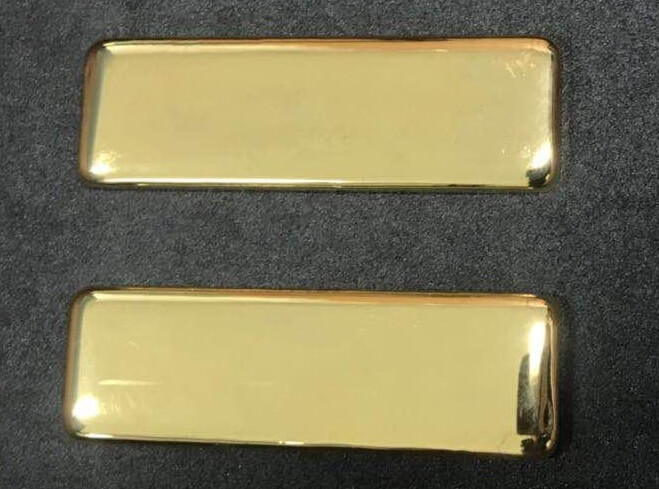
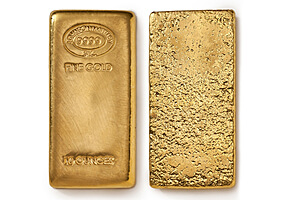
 © Copyright 2008-2021 Superb Electromachinery Co., Limited
© Copyright 2008-2021 Superb Electromachinery Co., Limited